Commercial Forestry Mulching in Haynesville, VA
Clear Land Fast Without the Environmental Damage
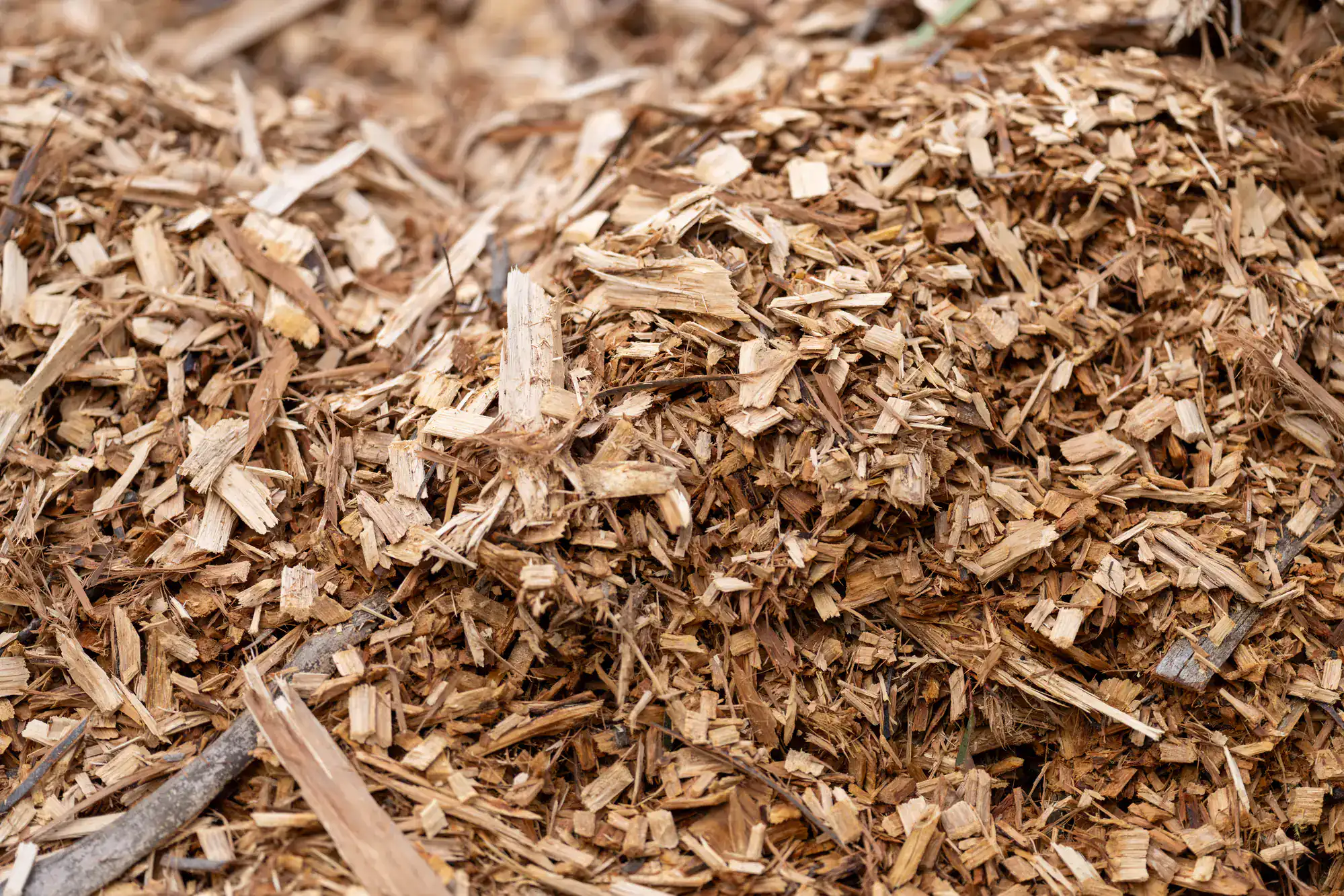
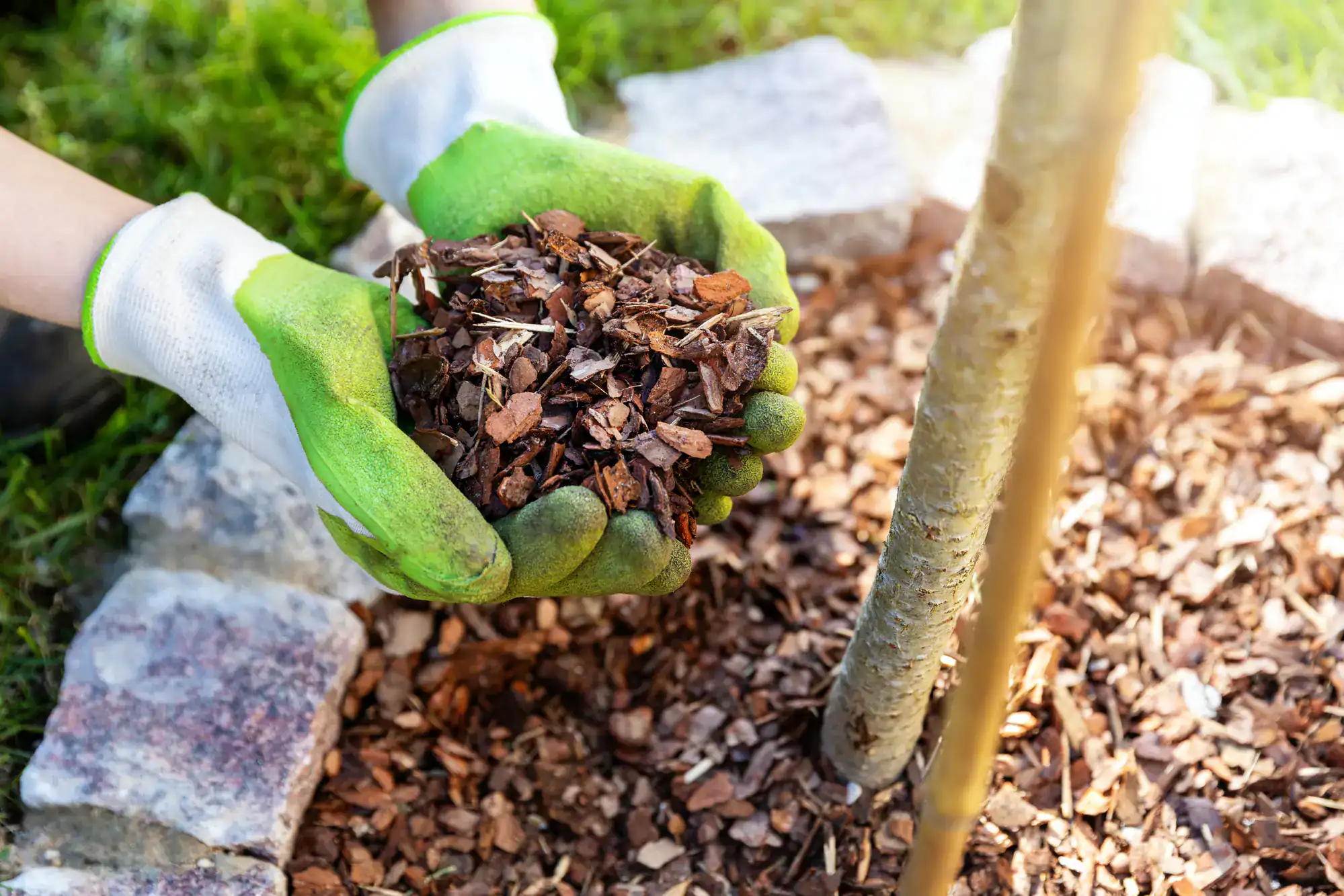
Land Clearing Services Haynesville VA
Your land becomes immediately usable. No debris piles to haul away. No burning permits to chase down. No topsoil damage to repair later.
The mulch we leave behind prevents erosion, retains moisture, and feeds your soil with organic nutrients. You can walk, drive, or build on it right away. Most property owners see improved drainage and healthier vegetation growth within the first season.
Unlike bulldozing that strips and compacts your soil, commercial forestry mulching preserves the ground structure you need for whatever comes next. Whether you’re preparing for construction, creating access roads, or maintaining right-of-way corridors, the land is ready to work with you instead of against you.
Forestry Mulching Equipment Haynesville
We’ve been clearing land in Richmond County and surrounding areas for years. We know Virginia’s challenging terrain and the size of trees that can damage lesser equipment.
That’s why we run high-horsepower forestry mulchers built specifically for commercial land clearing. While others struggle with skid steer attachments, our dedicated mulching machines clear multiple acres per day and handle any size tree. The faster drum rotation leaves a cleaner, more uniform mulch product.
Local property owners and commercial developers choose us because we understand the local ecosystem, tree species, and the most effective clearing methods for this region. We’ve seen what works and what doesn’t in Haynesville’s soil conditions and terrain.
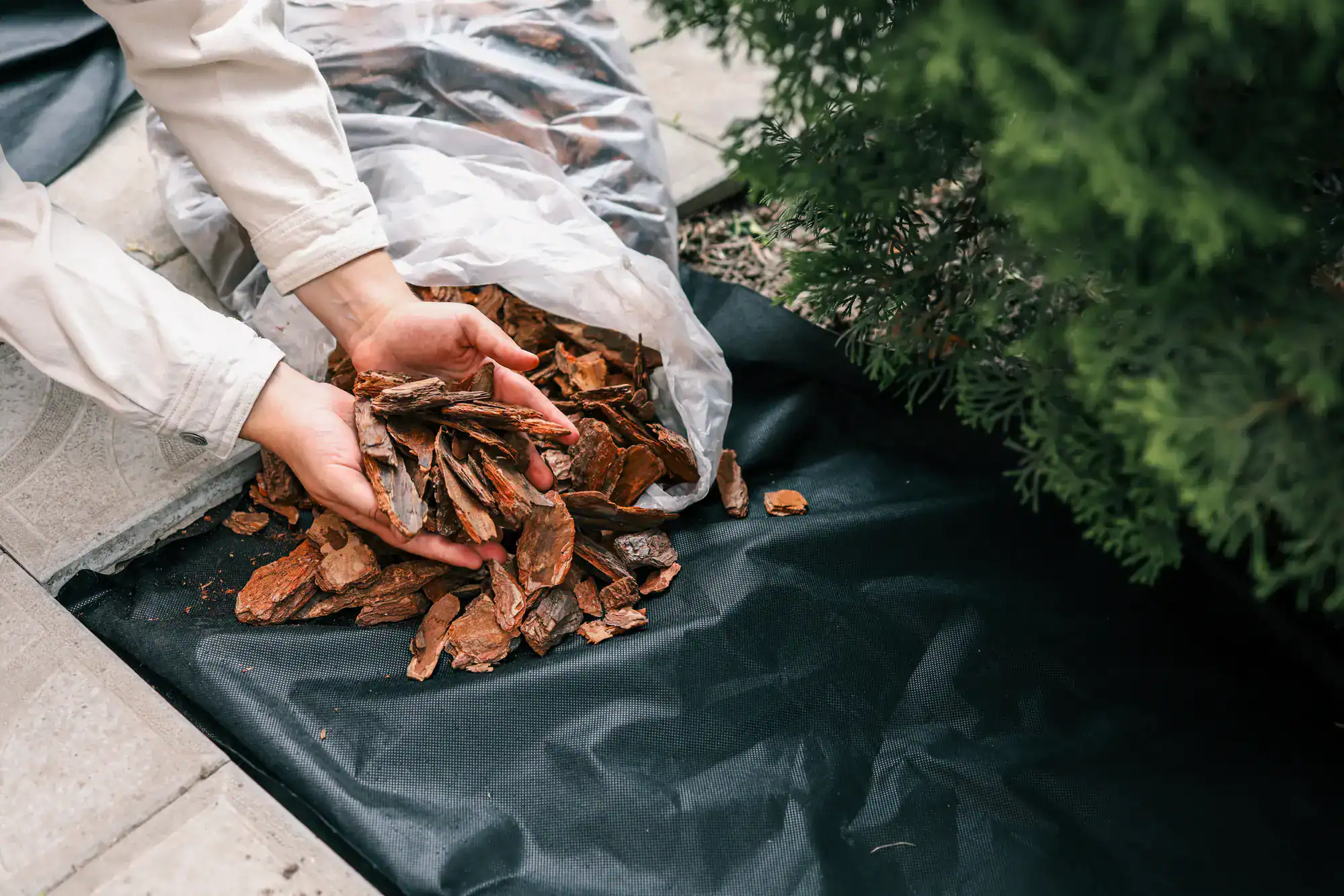
Commercial Mulching Process Virginia
Commercial forestry mulching uses a single machine with a rotary grinding drum to cut, grind, and clear vegetation where it stands. The rotating drum has steel chipper teeth that shred trees and brush on contact, turning everything into fine mulch.
We start by walking your property to identify keeper trees and discuss your specific clearing goals. Then our mulching machine processes the unwanted vegetation, grinding it into mulch that gets spread evenly across the cleared area.
The entire process happens in one pass. No separate cutting, hauling, or cleanup stages. No multiple machines or crews. The mulch stays on-site to enrich your soil and prevent erosion. You can use the land immediately after we finish.
This eliminates the traditional land clearing steps of site prep, cutting, felling, hauling debris, and final cleanup. It’s faster, more cost-effective, and better for your soil than conventional methods.
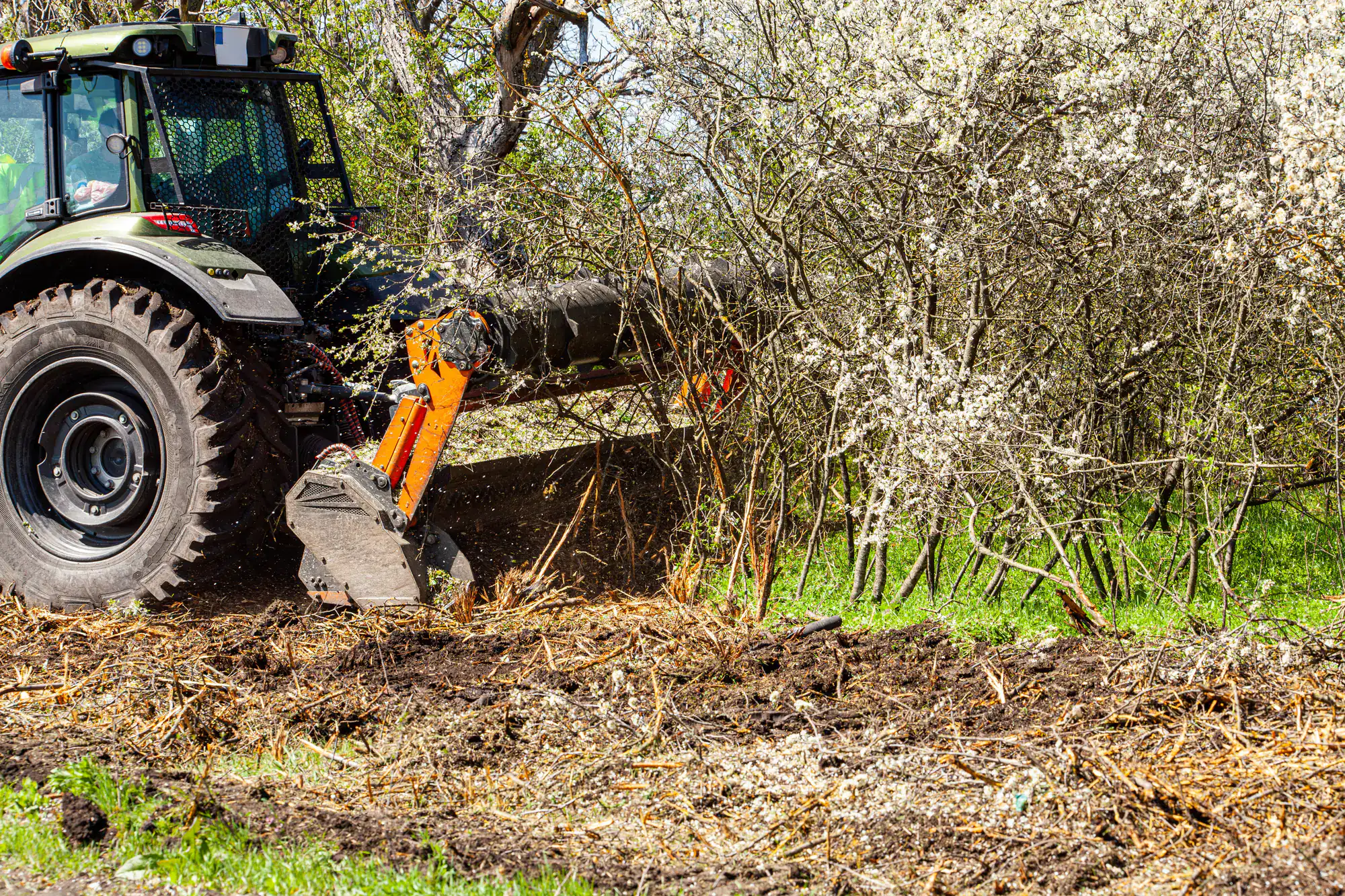
Ready to get started?
Land Management Solutions Virginia
Our commercial forestry mulching service handles the demanding projects that smaller operators can’t tackle. Pipeline right-of-way maintenance, utility corridor clearing, commercial site preparation, and large-scale brush removal.
In Richmond County, we regularly work on projects ranging from small commercial lots to multi-acre developments. The region’s mix of hardwood forests, pine stands, and dense undergrowth requires equipment that can handle diameter variations and different wood densities without breaking down.
Our mulching service preserves the natural drainage patterns essential in Virginia’s clay soil conditions. Traditional bulldozing often creates water management problems that cost thousands to fix later. Forestry mulching maintains soil structure while creating the cleared space you need.
We also handle specialized applications like firebreak creation, habitat management for wildlife corridors, and invasive species control. The mulch layer we leave behind suppresses weed growth and provides the organic matter that Virginia soils need to stay healthy long-term.
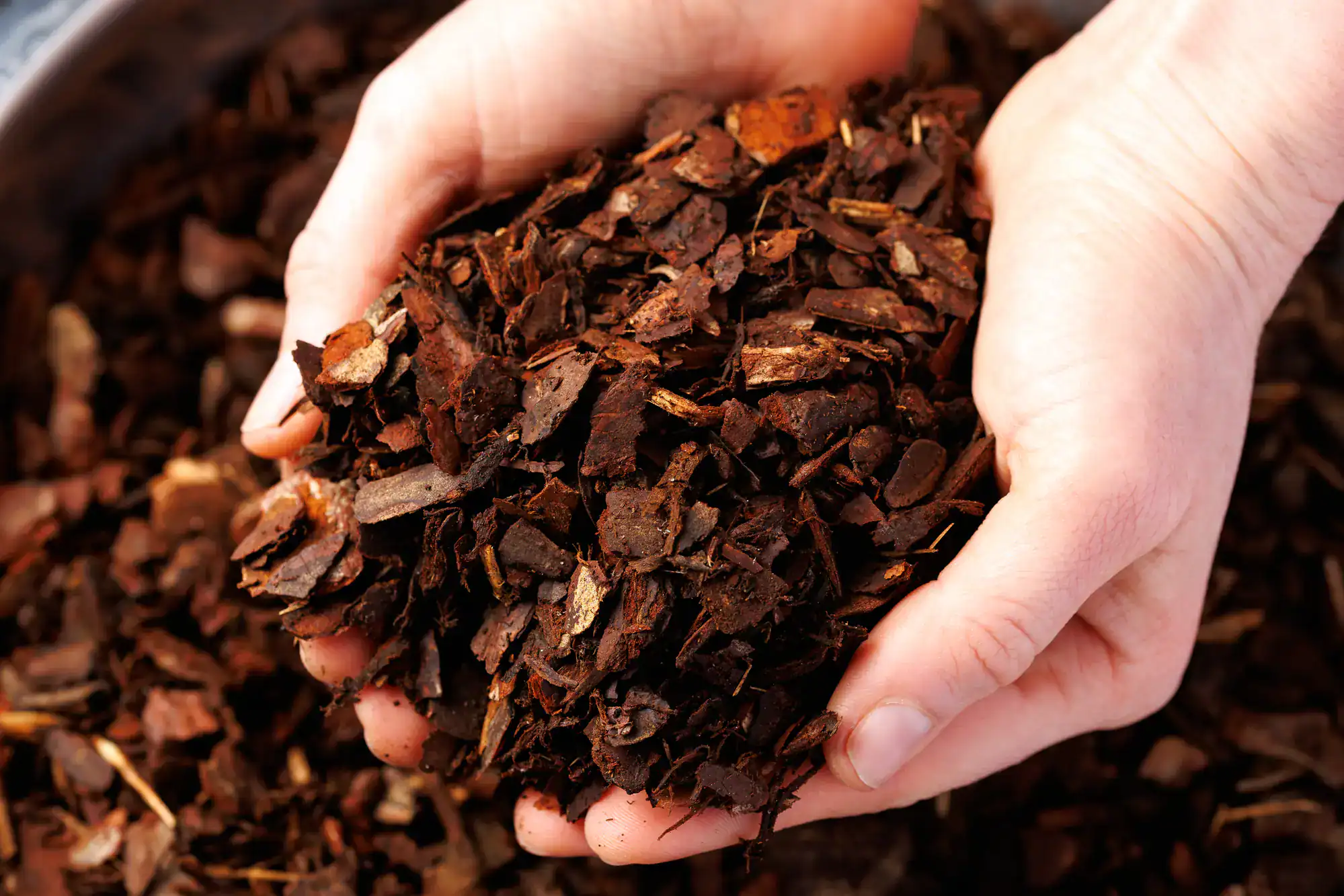
How much does commercial forestry mulching cost per acre in Virginia?
Commercial forestry mulching typically costs between $2,500-$4,000 per acre in Virginia, depending on terrain, tree density, and project size. Dense hardwood stands or steep slopes cost more than flat areas with lighter vegetation.
The final price depends on what we’re clearing. Brush and small trees under 6 inches process faster than mature hardwoods. Rocky terrain or areas with large stumps require more time and fuel. We provide transparent pricing after evaluating your specific site conditions.
Most commercial projects save money compared to traditional clearing because there’s no debris hauling, burning permits, or soil restoration needed afterward. The mulch we leave behind eliminates erosion control costs that bulldozing often requires.
What's the best time of year for forestry mulching in Haynesville?
Commercial forestry mulching works year-round in Virginia, but late fall through early spring often provides the best conditions. Drier soil means less compaction risk, and dormant vegetation processes more efficiently.
Summer clearing is possible but requires more attention to soil moisture and equipment scheduling during cooler parts of the day. Wet spring conditions can make some sites inaccessible until they dry out, especially in Richmond County’s clay soil areas.
We schedule around your project timeline and site conditions. Emergency clearing for storm damage or right-of-way maintenance happens regardless of season. Most commercial developers prefer fall or winter clearing so the mulch has time to settle before spring construction begins.
Can forestry mulching clear trees larger than 8 inches diameter?
Our commercial-grade forestry mulchers handle trees up to 12-14 inches diameter, depending on wood type and site conditions. Larger trees require different techniques or equipment, which we can discuss during site evaluation.
Most commercial clearing projects involve mixed vegetation sizes. We process the smaller material with the mulcher and handle larger trees separately if needed. This hybrid approach often proves more cost-effective than trying to force oversized material through mulching equipment.
For projects with many large trees, we sometimes recommend selective removal of the biggest specimens before mulching the remaining vegetation. This protects the mulching equipment and produces better results for the cleared area.
Will forestry mulching damage the trees I want to keep?
Properly executed forestry mulching protects keeper trees better than bulldozing or other clearing methods. Our equipment can work precisely around valuable trees without damaging root systems or bark.
We mark trees you want to preserve before starting work. The mulching process doesn’t disturb soil structure around keeper trees, and the mulch layer we leave actually benefits their root systems by retaining moisture and adding organic matter.
Unlike bulldozers that push and scrape, potentially damaging roots 50+ feet from the tree trunk, forestry mulchers work selectively. We can clear right up to the drip line without harming the trees you’re keeping. Many property owners see improved health in their keeper trees after mulching removes competing vegetation.
How long before I can use the land after forestry mulching?
You can walk, drive, or build on forestry-mulched land immediately after we finish. The mulch layer provides a stable surface that supports foot traffic and light vehicle access right away.
For construction projects, the mulch typically needs 2-4 weeks to settle and compact naturally. Heavy equipment can work on the site during this period, but final grading works best after initial settling. The organic mulch continues decomposing and enriching the soil for 1-2 years.
Unlike traditional clearing that leaves rough, unstable ground, forestry mulching creates a uniform surface. Most commercial developers appreciate being able to access their sites immediately for surveying, utility work, or preliminary construction activities without waiting for debris removal or soil amendments.
Does mulched material attract pests or create fire hazards?
Fresh forestry mulch is less attractive to pests than brush piles or standing dead vegetation. The grinding process eliminates many pest habitats, and the thin, even layer dries quickly, reducing moisture that attracts insects.
Fire risk is actually lower with properly applied forestry mulch than with traditional clearing debris. Brush piles and windrows create concentrated fuel loads, while mulch spreads the organic material evenly and allows better air circulation.
The mulch layer we leave is typically 2-4 inches deep, which provides soil benefits without creating excessive fuel load. As it decomposes over the first year, fire risk decreases further. Many fire departments prefer forestry mulching for firebreak creation because it eliminates the concentrated debris that makes fires harder to control.
Other Services we provide in Haynesville
